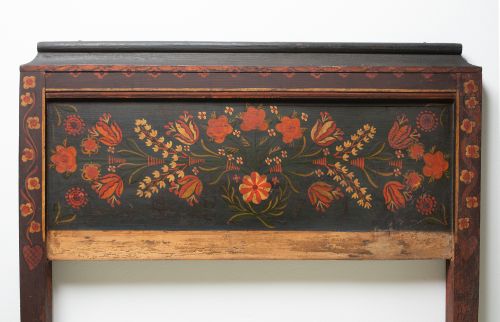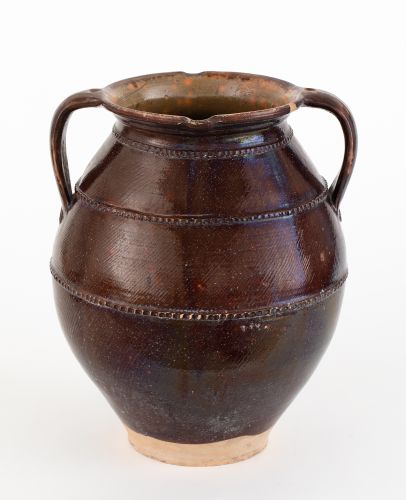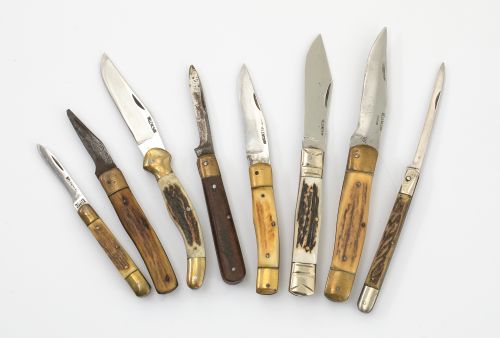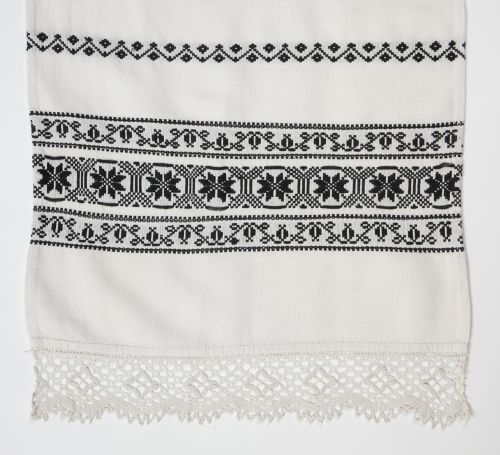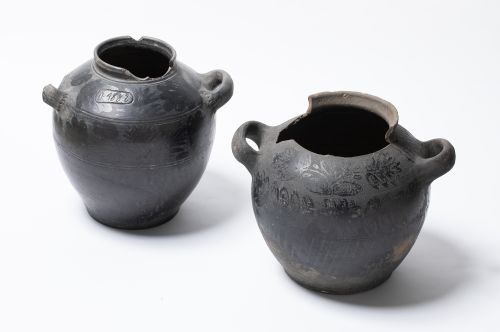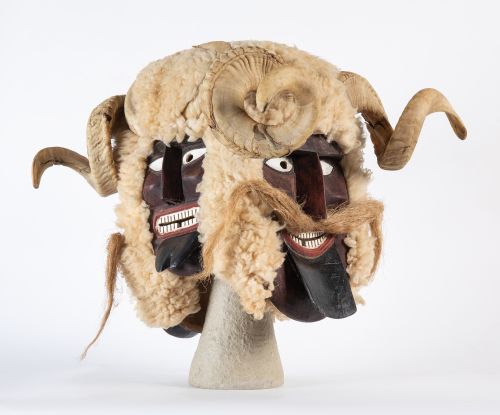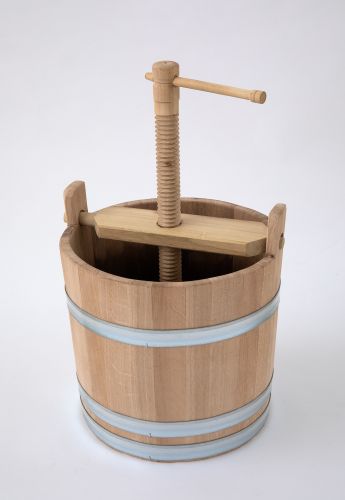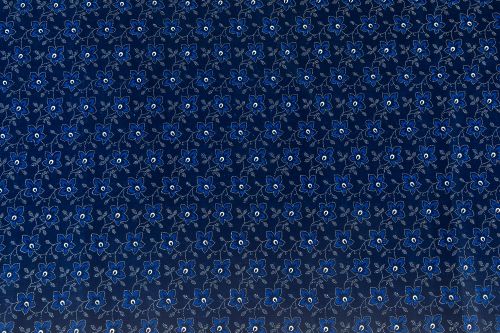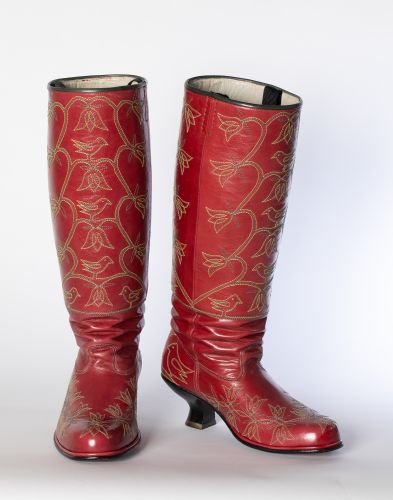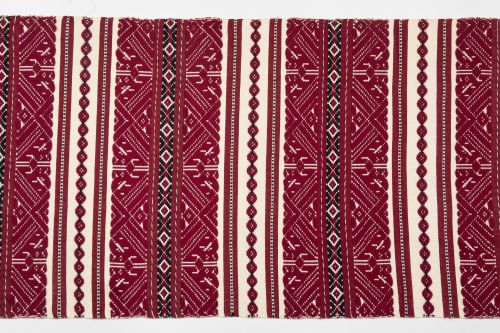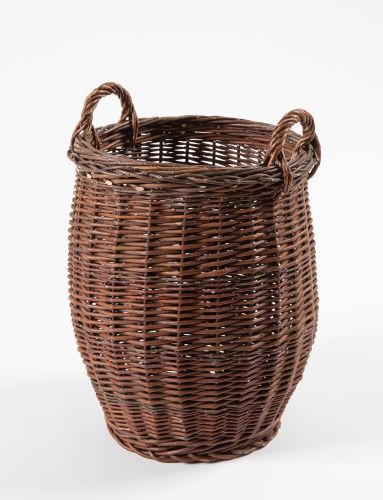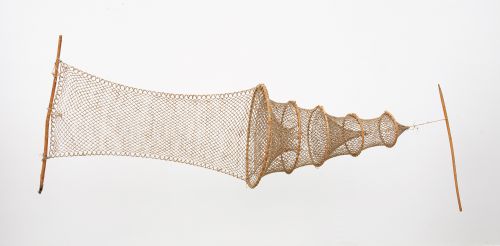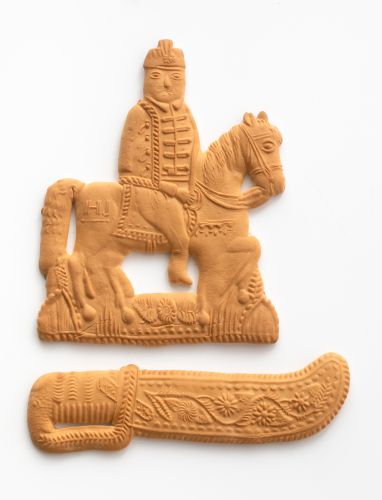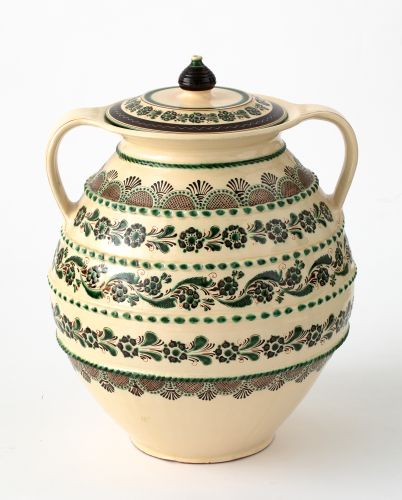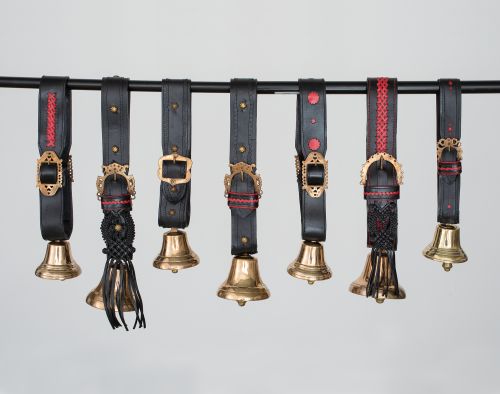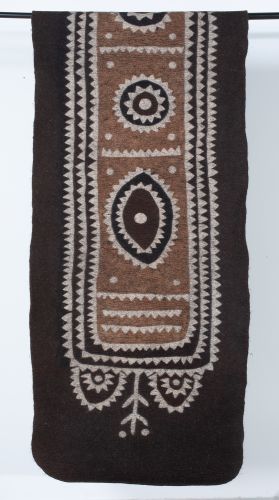The Csibi family, peasant cloak embroiderers and makers
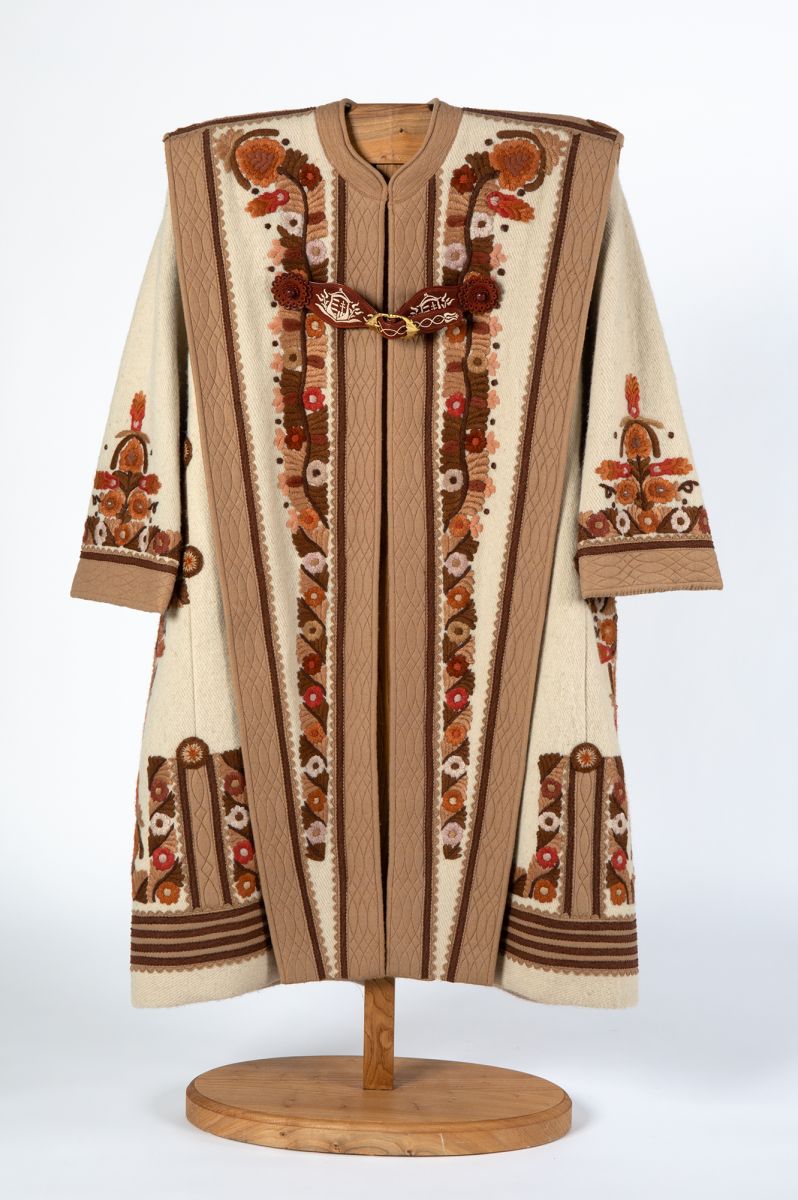
CSIBI Gyuláné (née SÓLYOM Ilona) (1937–2021) and SOÓS Kálmánné (née CSIBI Ilona)
Decorative felt cloak from Böszörmény / 2016
felt, decorated with woollen felt and colour yarn; hand embroidery, machine embroidery, seam and crocheting
Photo: SULYOK Miklós
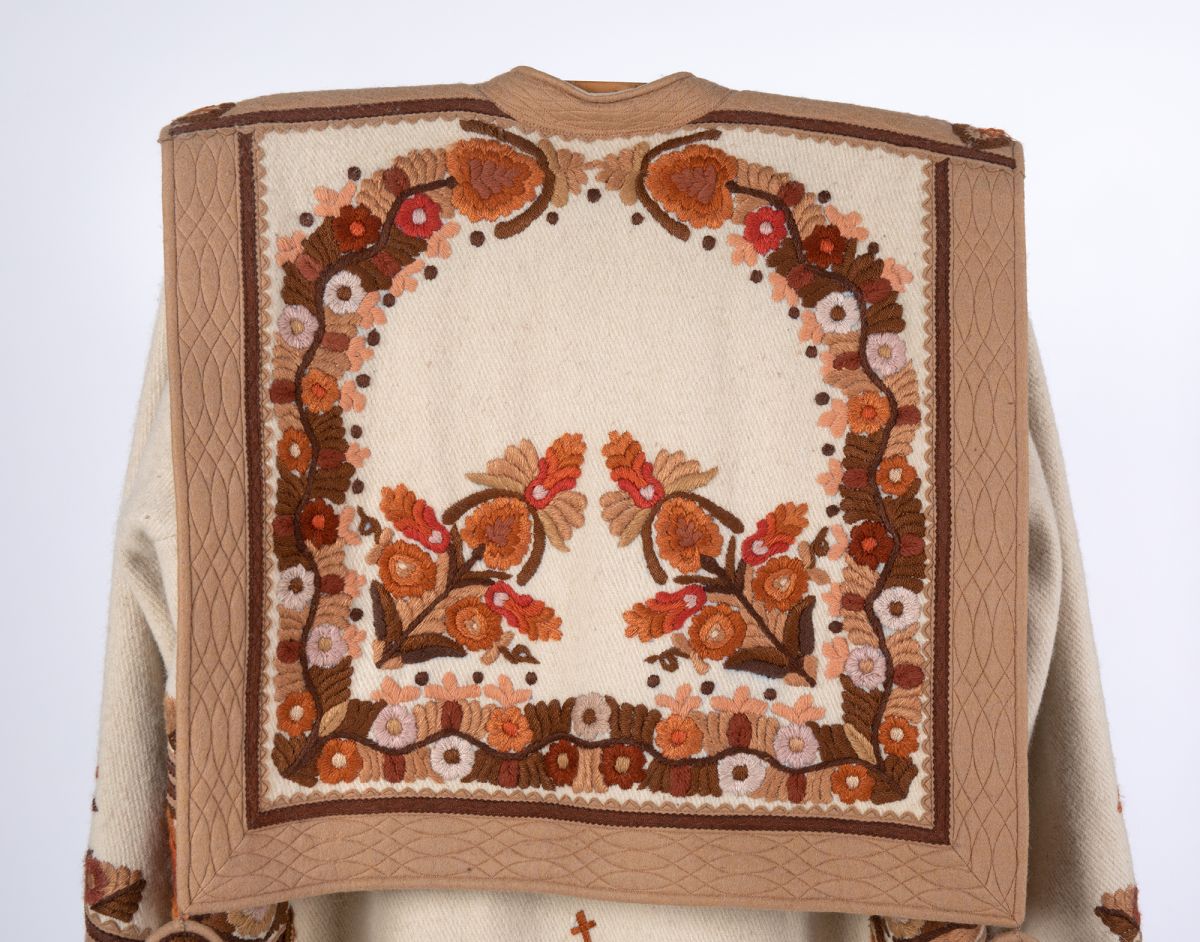
CSIBI Gyuláné (née SÓLYOM Ilona) (1937–2021) and SOÓS Kálmánné (née CSIBI Ilona)
Decorative felt cloak from Böszörmény / 2016
felt, decorated with woollen felt and colour yarn; hand embroidery, machine embroidery, seam and crocheting
Photo: SULYOK Miklós
Embroidered peasant cloaks [‘cifraszűr’] are outer garments decorated with embroidery and lacework. Its two main groups are the necked and the unnecked cloaks. Both types can be made in embroidered and hemmed versions. The pattern, colouring, sleeve position, collar size and tailoring indicate to which region it belongs. Decorative elements are the strap, the buckle, the ‘pigeon’s nests’, the strings and the buttons. Members of the Csibi family – Mrs. Gyula Csibi (née Ilona Sólyom, 1937– 2021) as an embroiderer and Mrs. Kálmán Soós (née Ilona Csibi, 1966) as a seamstress – started making embroidered peasant cloaks in 2002 in a self-taught way. At that time, not many people were making peasant cloaks, despite the demand for them. The first three pieces were made on request, based on photographs of details, followed by further orders as the cloaks have been shown all around Hungary and in many other countries. The names and contact details of the makers were passed on by word of mouth by the owners and interested. The Csibi cloaks have been developed as a result of many years of study and experience. Mrs. Gyula Csibi received the title Applied Folk Artist in 2014, the title Master of Folk Art in 2014, the Commemorative Medal of Hajdú-Bihar County in 2017 and the Gyula Mihalkó Award in 2018. Mrs. Kálmán Soós became a Folk Object Creating Applied Artist in 2019, and in 2020 she also received the Gyula Mihalkó Award. The two of them were included in the Püspökladány Cultural Heritage in 2017, and in 2018 and 2019 they won the Masterpiece of Hungarian Craftsmanship Award together. Their work are now part of the collections of the Ferenc Karacs Museum in Püspökladány, the Rippl-Rónai Museum in Kaposvár and the Semsey Castle in Balmazújváros.
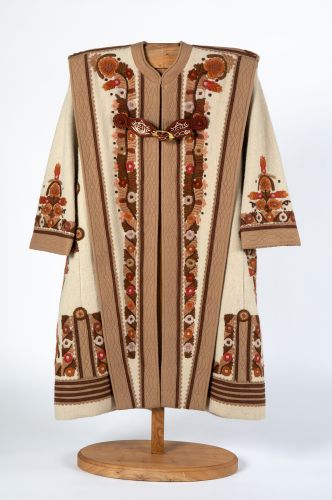
The Csibi family, peasant cloak embroiderers and makers
